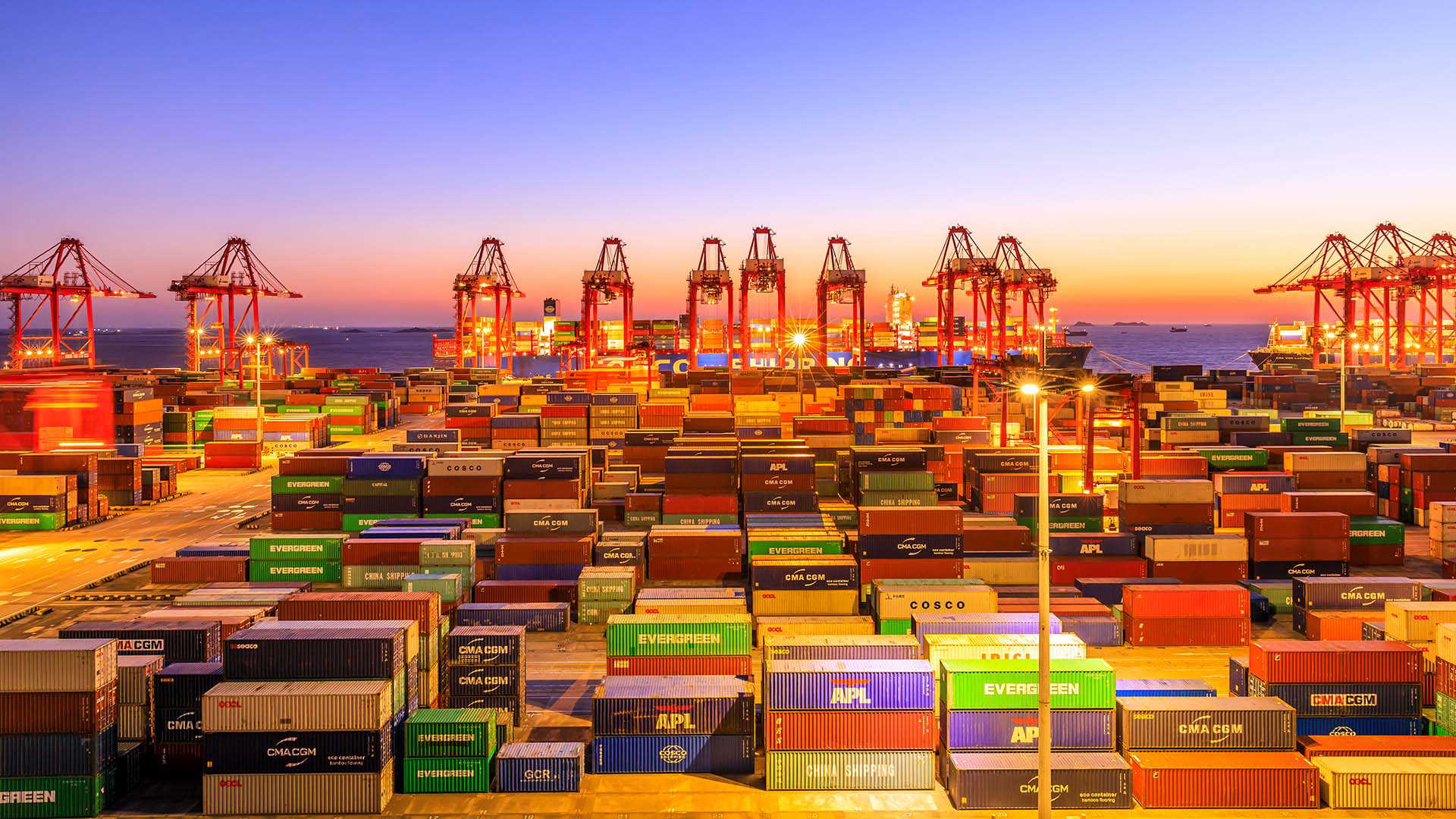

- Jingwei Jia
- Associate Director, ESG Research, Sustainable Fitch
China faces a significant challenge in setting its carbon intensive industries on the path to a low carbon economy. But several recent initiatives to spur growth in green financing, including for hard-to-abate sectors such as utilities, materials, industrials, and energy suggest progress is being made.
The growing Chinese onshore sustainable bond market has been consistently driven by continuous policy support, rising demand for the financing of low-carbon activities, and relatively steady domestic interest rates. That encouraging growth is reflected in the overall level of onshore green issuance rising by more than 20% in 2022 versus the previous year.
Several key sectors, including power, industrial, and transport, face financing gaps to decarbonise high-emitting activities in China. Last year, the People’s Bank of China initiated a draft Transition Finance Taxonomy to identify eligible transition activities. We expect to see a growing demand to finance transition projects as the regulatory framework to decarbonise high-emitting sectors gradually falls into place.
Sustainability-linked bonds (SLBs) and transition bonds have emerged to meet Chinese issuers’ growing need for capital in the onshore market. Following fresh regulatory guidelines from the National Association of Financial Market Institutional Investors (NAFMII) and Shanghai Stock Exchange in 2021 and 2022, issuance of SLBs has seen a sharp growth, rising by CNY33.3bn over the first three quarters of 2022.
Previous research by Sustainable Fitch points to a growing role for SLBs globally. The flexible bond structure allows corporate issuers from different sectors to access sustainable financing, particularly those that are not able to allocate large amounts of funding to green or social assets. For the Chinese onshore market, SLB issuers are heavily concentrated in large state-owned utilities, materials, industrials and energy sectors. Compared with provincial and municipal state-owned enterprises (SOEs), central SOEs with closer ties with the central government and stronger credit profiles are more likely to see lower coupon step-up adjustments if the issuer falls short of meeting sustainability targets.
On the other hand, the first batch of onshore bonds from the interbank market comprised five transactions totalling CNY2.29bn from major state-owned energy and industrial companies, with the bond proceeds set to fuel transition activities including natural gas co-generation, improved energy efficiency for aluminium production, and energy conversion upgrade and replacement.
FIG 1: ESG-Labelled Markets Continue to Grow

It is not yet common practice to set interim emission reduction targets for SLBs or to align with internally recognised transition pathways and guidelines for Use of Proceeds (UoP) in the onshore market, as most onshore issuers only demonstrate how the financing will contribute to meet the government’s 2030 and 2060 climate pledges. This is because most of these bonds are held by domestic investors for whom international standards are less relevant than local regulations.
A boost for investor confidence
The Common Ground Taxonomy (CGT), co-chaired by the European Commission and People’s Bank of China, is intended to enhance the alignment of sustainable finance taxonomies between the EU and China. It can serve as a reference to Chinese issuers seeking to access international capital markets for activities recognised under both frameworks. At least four bond transactions have explicitly referenced CGT as a way to showcase the alignment with both EU and Chinese standards.
There are several areas of the CGT still to be developed. Considerations of ESG data availability and standardisation, as well as the potential interoperability of a CGT with other taxonomies will require further work. Extending the scope of economic activities, eligibility features on Do No Significant Harm and Minimum Safeguards requirements, and consideration of transition activities also need to be addressed.
Meanwhile, the new China Green Bond Principles published in July 2022 establish unified standards that bring those for domestic green bond issuances closer to international best practice. The principles require that 100% of bond proceeds be used in projects or activities identified in the domestic green taxonomy. This is an improvement on the previous requirements from the securities regulator.
However, the requirements have not clarified concerns around working capital (general or green specific), which still leaves some ambiguity for investors in gauging the use of the bond’s proceeds. It also remains uncertain how this new rule will apply to enterprise bonds regulated by the National Development and Reform Commission (NDRC), as it still calls for at least half of proceeds to be used on green projects.
China Green Bond Principles published in July 2022 establish unified standards that bring those for domestic green bond issuances closer to international best practice.
National carbon markets in slow lane
We continue to hold the view that the current development of China’s national Emissions Trading Scheme (ETS) is less likely to have an impact on national carbon price. At the end of the third quarter of 2022, the national carbon price was around CNY60/mt (US$8.50/mt) with small daily trading volumes, despite a surge in Q4 2021.
In the new allocation plan for the second compliance cycle for 2021-2022, intensity benchmarks across four groups of power and heat generation plants are being tightened compared with the first compliance cycle, signalling more stringent requirements for future allowance allocations as the ETS develops. However, the plan indicates a soft tone in terms of intensity reductions, indicating policy concerns over domestic energy security and global rising energy prices, which could mean a delayed timeline for seeing rising carbon costs within the national carbon market.
Another issue that was exposed during the first-year market operation is the low-quality emission data reporting, which may delay the expansion of sectors beyond power companies, as well as relaunching the much-anticipated voluntary carbon market, the China Certified Emission Reduction (CCER) scheme.
In conclusion
As such, while there is a great deal of proactivity in China around ESG and ensuring a sustainable transition, there are still areas to be clarified before the momentum can gather real pace. Nevertheless, every step is one in the right direction.



